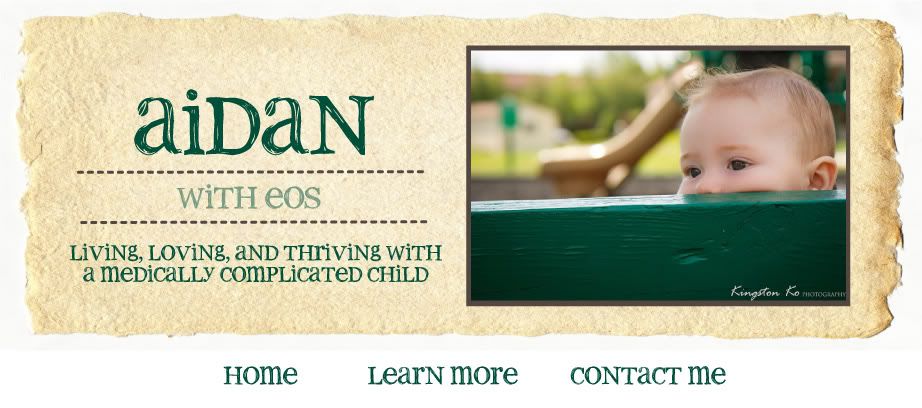 |
| Why is this thing smiling?? |
Eosinophilic Esophagitis (EoE) is an allergic inflammatory disease characterized by increased numbers of eosinophils in the esophagus. In a healthy person, there are no eosinophils present in the esophagus. But in a patient with EoE, the esophagus can be teeming with them. These eosinophils can cause irritation and damage, and often quite a bit of pain.
EoE is the most common of the Eosinophilic Gastrointestinal Disorders (EGIDs), but it's not the only one. When the eosinophils present themselves in the stomach, it is called Eosinophilic Gastritis (EG). In the stomach and small intestine, it's called Eosinophilic Gastroenteritis (EGE). In the colon/large intestine, it's Eosinophilic Colitis (EC).
Some recent studies at Cincinnati Children’s Hospital have shown that Eosinophilic Esophagitis is even more common than more well-known GI diseases like Crohn's and Cystic Fibrosis.
The most common symptoms of EoE include:
- Reflux that does not respond to medication
- Difficulty Swallowing
- Food impaction in the esophagus
- Nausea and Vomiting
- Poor Growth or Weight Loss
- Malnutrition
- Abdominal or chest pain
- Poor appetite and refusal to eat
- Difficulty sleeping due to pain or nausea
The most common symptoms of lower-GI EGIDs (EG, EGE, EC) include:
- Nausea or Vomiting
- Diarrhea
- Poor Growth/Weight Loss
- Abdominal or chest pain
- Reflux that does not respond to medication
- Difficulty swallowing
- Food impactions
- Gastroparesis (Delayed emptying of the stomach)
- Anorexia/Poor Appetite
- Bloating
- Anemia
- Blood in the stool
- Malnutrition
- Difficulty sleeping
It's a lot to deal with - but a diagnosis is the first positive step toward feeling better.
(Big thanks to NJPAEOS for this information!)
Next week - how do you diagnose an EGID - and THEN what?


No comments:
Post a Comment